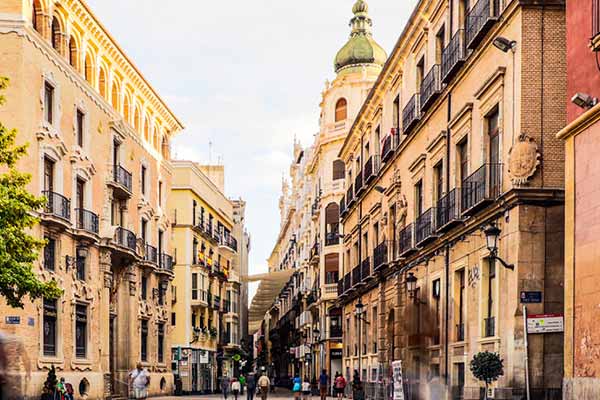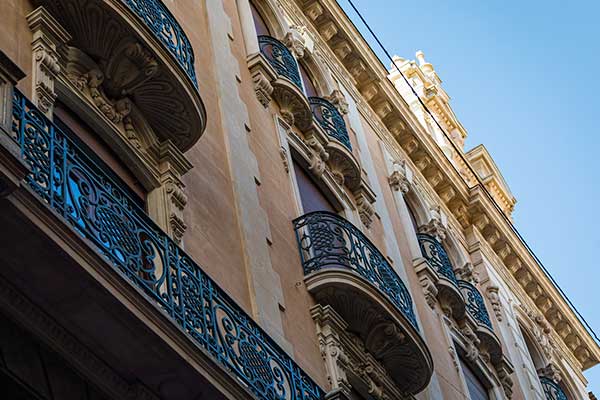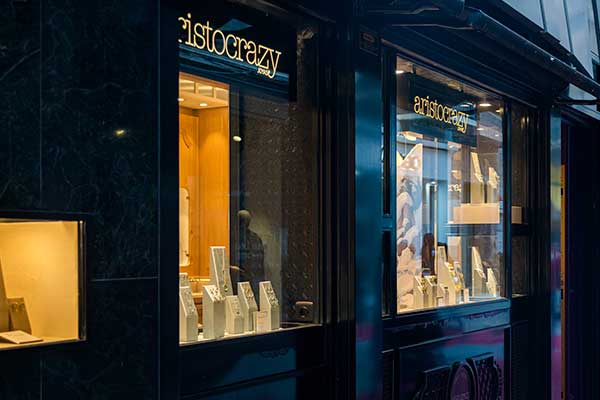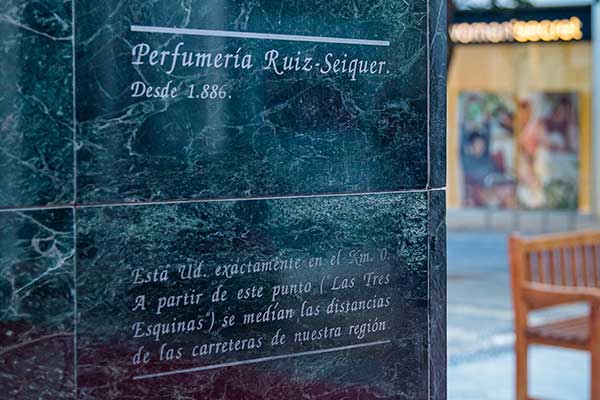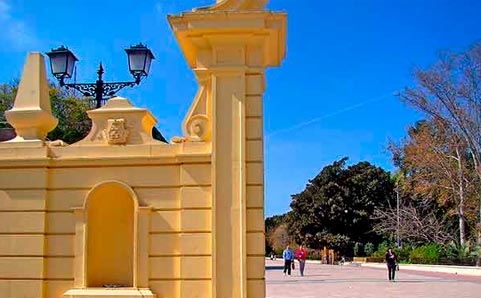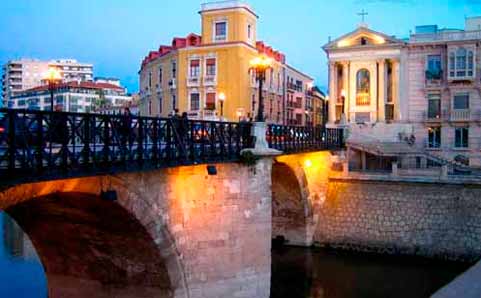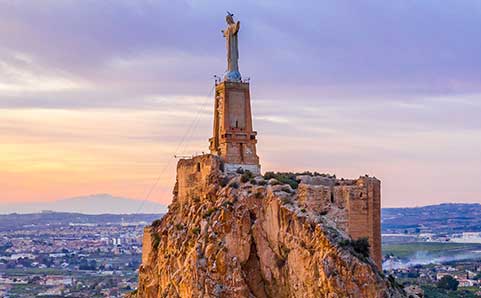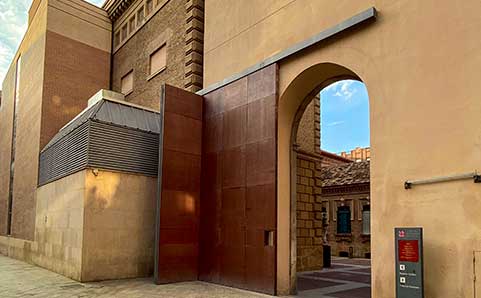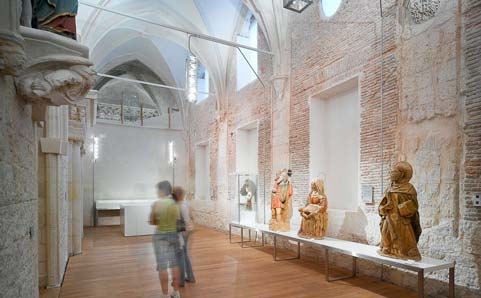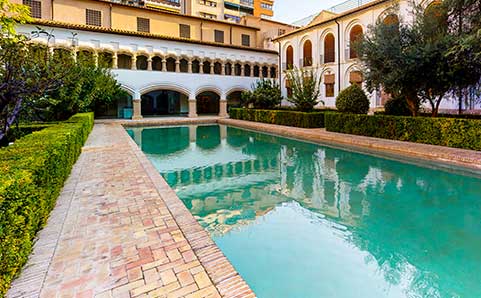Tourism in Murcia
Streets of Trapería and Platería
Trapería and Platería streets are two of the most famous and historic streets in the capital, located very close to the Cathedral. One of the most recommended areas to lose yourself in on a day of shopping.
Street Trapería is one of the most traditional and busy streets in Murcia
Trapería Street serves as an example of how the city was organised in medieval times. After the conquest of the city by James I of Aragon in 1266, the wall was demolished and a road was created linking the Great Mosque or Aljama, which is located under the Cathedral of Murcia, with the Alcázar Seguir or Minor, where today the convent and museum of Las Claras is located.
The space occupied by the wall is nowadays Trapería Street, which connects the Plaza de Hernández Amores (known as Plaza de la Cruz), where the Cathedral of Murcia is located, with the Plaza de Santo Domingo.
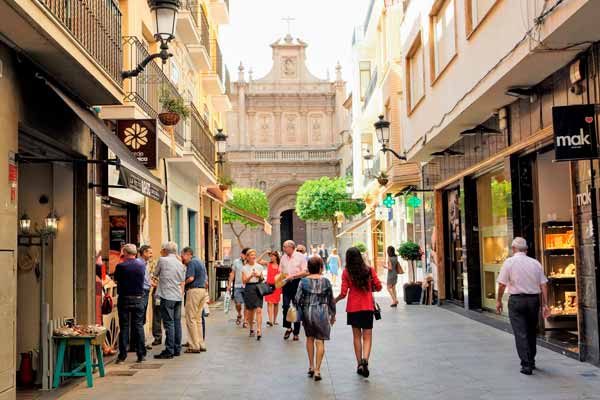
Its name derives from the cloth trade by merchants established in the vicinity during the 14th century
Street Trapería is a narrow, pedestrianised street that deserves a leisurely stroll, admiring its richness and urban bustle. Trapería has several remarkable buildings such as the building of the Alegría de la Huerta, with modernist touches, located on the four corners, where it meets Platería street, or the building of the Sociedad de cazadores, where you can see a striking green dome. Another highlight is the Casino de Murcia, a singular building from an architectural point of view and an emblematic place in Murcia, of which it is a sign of identity.
La Platería is named after the place where silversmiths worked in medieval times
This is another of the main thoroughfares in the old quarter of Murcia. It connects the vicinity of the Plaza de Santa Catalina with the axis of the Trapería street, where together with the so-called San Cristóbal street, when cutting perpendicularly the Trapería, they form "Las Cuatro Esquinas", a crossroads of streets very famous for being an old meeting point of the city where merchants from all over the city used to meet.
La Platería owes its name to the guild era, when the streets were named after the trades carried out by the people who lived there, in this case the silversmiths or jewellers.
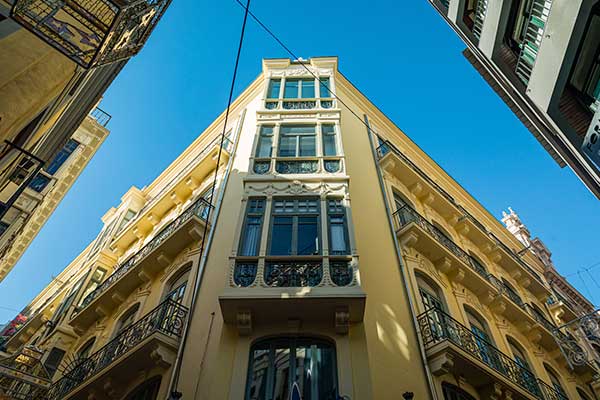
La Platería has an important commercial and touristic interest.
La Platería, like La Trapería, has an important commercial and tourist interest. Nowadays there are still jewellers' shops, but we can also find other types of shops, some of which are old premises such as the Ruiz Seiquer Pharmacy located in the Plaza Esteve Mora - where the kilometre 0 of the roads of the Region of Murcia is located - founded in 1886, which still conserves the essence of that era in the interior of the establishment.
From the Plaza Esteve Mora turn right into Jabonerías street, a shopping area with fashionable shops and boutiques, which will take you to the Plaza de Julián Romea, where the Romea Theatre is located.
